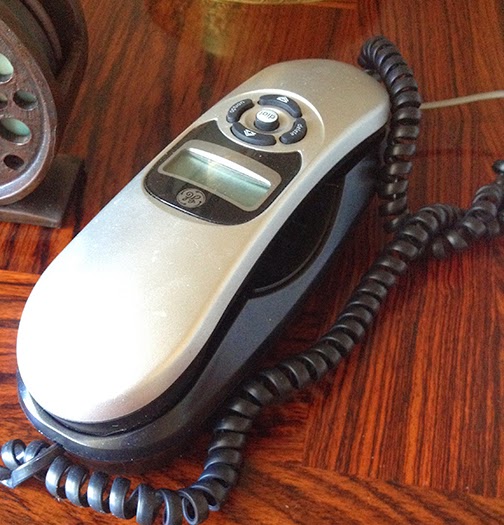 |
| This handsome fellow is made of scavenged lumber, chicken wire, and Tyvek. He is the work of Katherine Settle, a gifted artist and writer. |
My goal for this blog has always been simply to write essays that entertain people.
However, today I'm going to do something that is pretty much the definition of the opposite of entertaining.
I'm going to ask you for money.
I have a friend—Katherine Settle, the artist who made the buffalo above—who works hard, is a great artist as well as a wonderful writer, and is unfailingly generous and kind. She's taught me to be a better writer and a better person. She is also divorced, with a kid, in rural Kansas, and she's struggling financially.
She works as a university Teaching Assistant, a job which pays a little above the minimum wage. She sells her art work in a local gallery. She prioritizes the emergencies that seem to visit people with little money so very regularly. She scrambles to make it all work. But, as anyone knows who has ever tried to make a slender paycheck stretch all the way to the end of the month, those emergencies keep happening, and she's tapped out.
She needs our help. Please, go to her gofundme.com page and make a donation.
If you love the arts and want to make a real difference in an artist's life, please make a donation to Katherine.
If you looked at the buffalo pictured above and said to yourself, "Wowza, what a great buffalo!" please make a donation to Katherine.
If you're an avid reader, and want to make sure that the voice of a wonderful writer is heard, please make a donation to Katherine.
If you remember the days when you struggled to make ends meet, please make a donation to Katherine.
If you've been a single parent, please make a donation to Katherine.
If you've ever had to forgo medical care because you couldn't afford it, please make a donation to Katherine.
If you've had to jerry-rig a house repair because you couldn't afford it, please make a donation to Katherine.
If you've ever looked at your elderly car and prayed, "Please don't die today," please make a donation to Katherine.
If you've ever had a student loan to pay off, please make a donation to Katherine.
If you've ever been the recipient of an act of kindness you weren't expecting, please make a donation to Katherine.
If you've ever wanted to make a difference right here right now, please make a donation to Katherine.
If you've ever enjoyed something I've written on this blog, please make a donation to Katherine.
Thank you for making a difference in the life of my friend.
















































